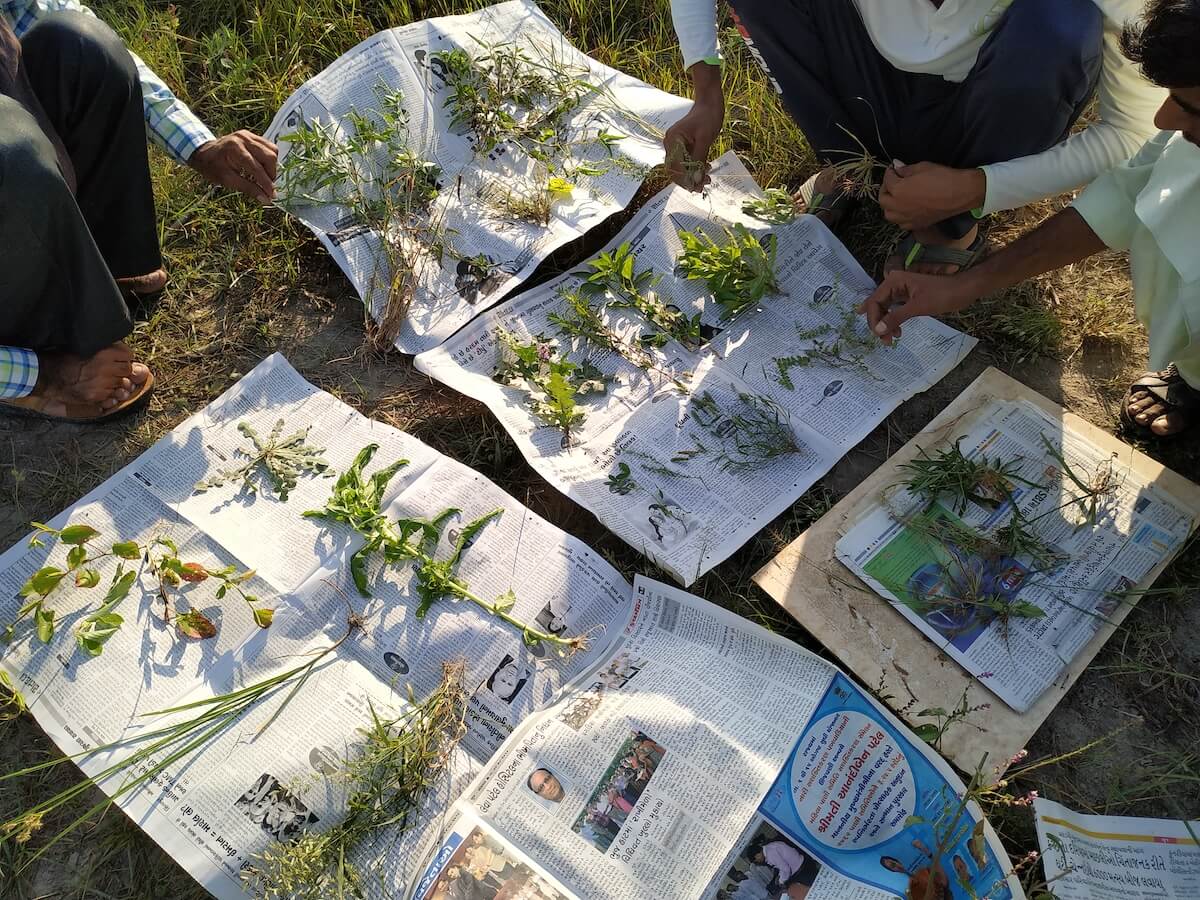
The failure to see grasslands and pastoralism as integral entities of the same ecosystem is rooted in a fundamental problem: the Forest Department that manages 21% of the Indian landscape, including grasslands and/or wastelands, has historically been oriented towards the management of forests – largely through the lens of sylviculture (the production of timber). Some of this has changed to include a focus on biodiversity conservation, but sylviculture has remained a cornerstone of forester training since the late 1900s. This orientation is strongly influenced by ecological thinking that sees forests as a climax vegetation state that all systems including grasslands are geared towards. In such an orientation, much of the work of the Forest Department has gone towards planting in grasslands, rather than managing them as ecosystems that are moisture-limited.
Pastoralism has similarly been subject to policy instruments that are derived from notions of human evolution. Hunter-gatherer societies are widely seen as giving way to pastoral societies that were able to harness the benefits from domesticated livestock. In turn, mobile pastoralism was seen as a precursor to settled agriculture, the stability and greater predictability of lives and livelihoods seen as an evolutionary advance over the variability inherent in pastoral lives. Such thinking has underlain efforts by the state to settle pastoralists for well over a hundred years. Ample research now points to the context specificity of pastoralism, and to the fact that pastoralism has demonstrated a sophisticated capacity to exploit seasonal variability in moisture and to thrive in environments that are largely un-supportive of settled agriculture.
There are, clearly, complicated reasons for why our policies continue to be framed on ideas that are largely discredited within both the social and natural sciences. A key factor, however, is the overarching absence of sustained research on Indian grasslands or the pastoral communities that inhabit them.
Ecological research in India has tended to focus on mega-fauna and on forests; research on agrarian India has tended to focus on agricultural communities. Research on either grasslands or on pastoralism has taken the form of isolated studies – a PhD here, another there, with no real attempt to build coherent bodies of work. In fact, much of the literature on pastoralism is written with a background in ecology, agrarian and development studies; this being long-term, cross-disciplinary research on African pastoralism and grasslands. But, the body of work in India simply lacks this kind of engagement.
CfP’s research agenda seeks to facilitate the development of pastoral studies in India via commissioned research; the provision of research fellowships; support to a network of field stations in pastoral geographies; the creation of a repository of materials on pastoralism; and the collaborative development of undergraduate and graduate curricula on pastoral studies.
Our research efforts are driven by the fact that both grasslands and pastoral communities in India have remained at the margins of research in both the social and natural sciences.
So much so that neither grasslands nor pastoral communities are reflected in the routine ways by which the state attempts to categorize, enumerate or understand open landscapes or pastoral communities. Grasslands are routinely categorized as wasteland (based on the assumption that the absence of forest cover reflects some form of degradation) and neither human nor animal census operations attempt to enumerate pastoralists and their animals as distinct from the landed agricultural communities that feature in the decadal census operations.